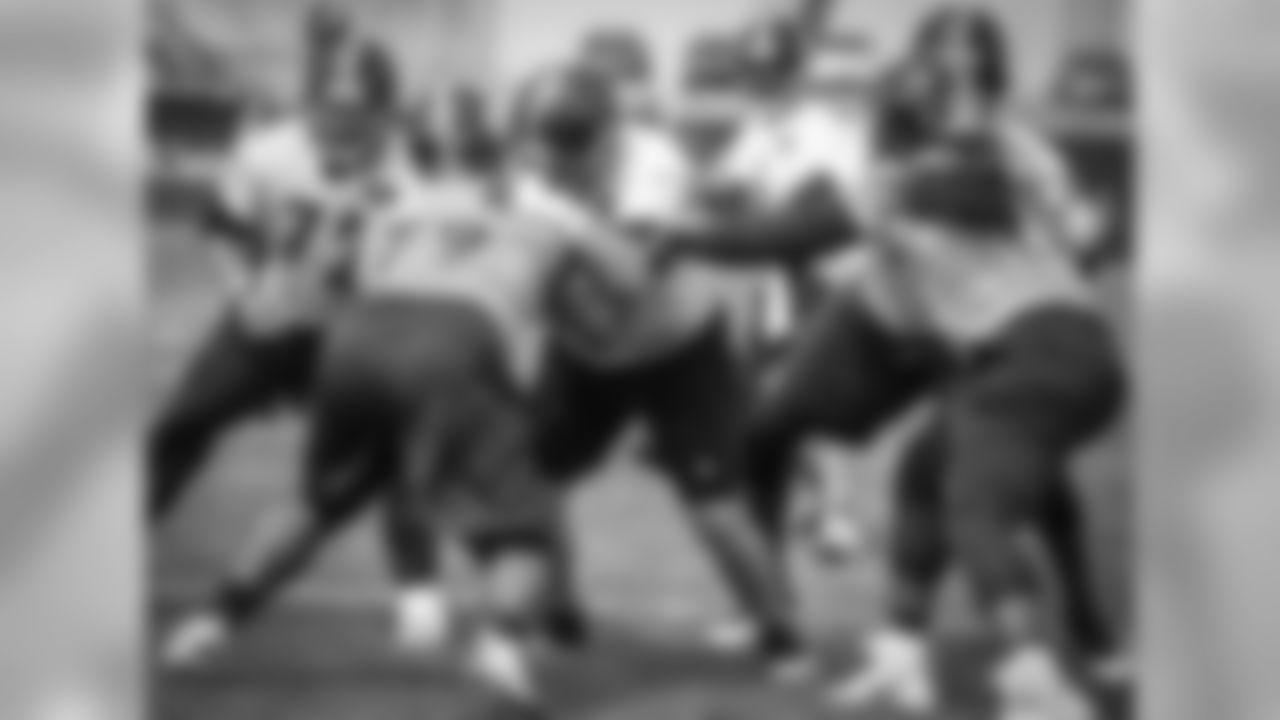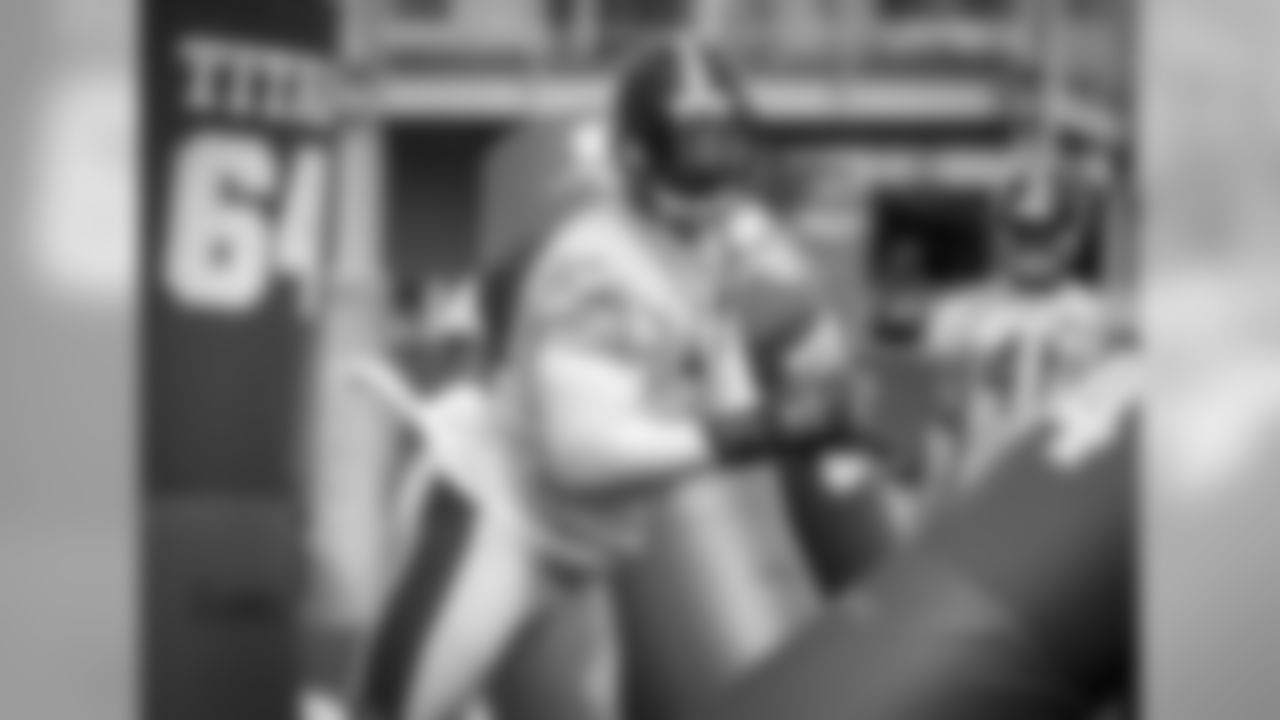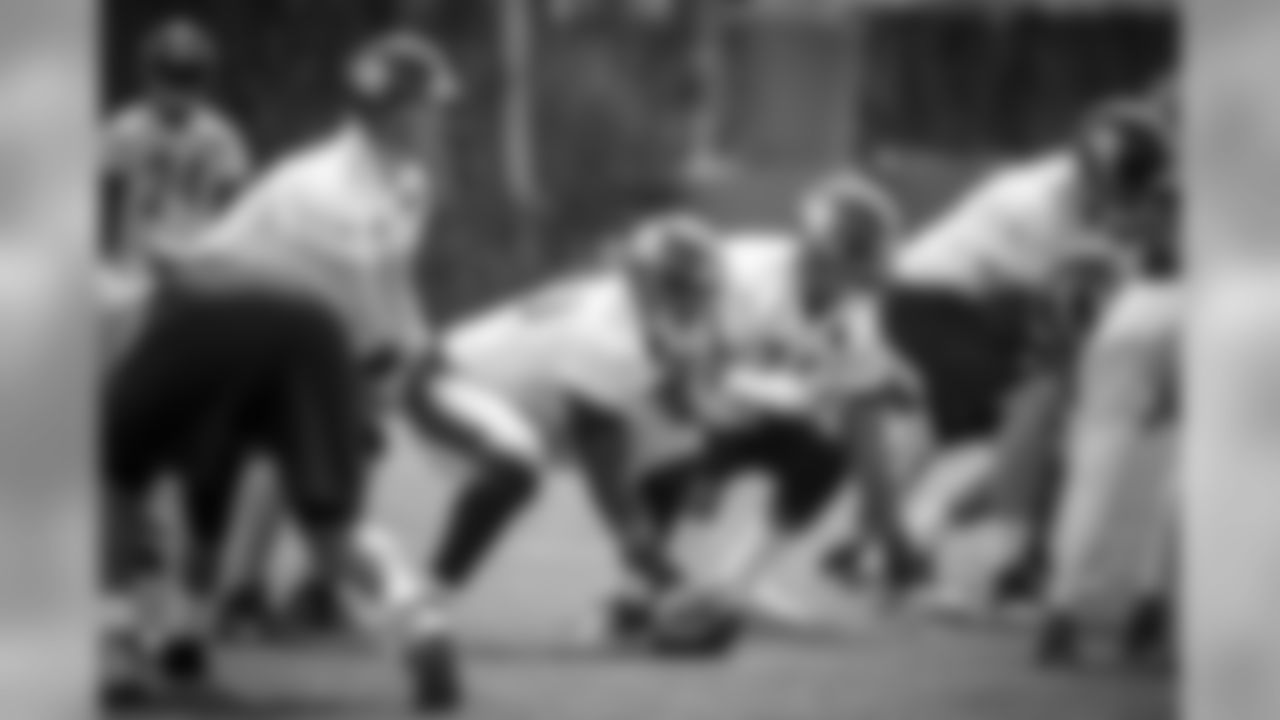Let's get to it:
JAKE KEEFER FROM SAN ANGELO, TX:
Travis Feeney seems to have such an odd body type for a defender. At 6-4, 226, with a 4.5 in the 40-yard dash, the only prototypical NFL position that build seems to fit is a big outside receiver. Before you slaughter me, I've read enough of these to know not even to joke about recommending players switch positions, but Feeney did spend time as a linebacker, safety, and at times an outside pass rusher in college. Any thoughts on how the Steelers may plan to use him, granted he makes the roster and has a role outside special teams?
ANSWER: Travis Feeney is an intriguing prospect for a lot of reasons, not the least of which are the measurables you cite. But there also were reasons why he lasted until the sixth round of the recent draft when the Steelers made him the 220th overall pick. Feeney has gained some weight in his transition to playing closer to the line of scrimmage in college, but that doesn't mean he has developed the frame and the strength to be successful there in the NFL, and I don't believe the Steelers drafted him with the idea of banging a square peg into a round hole. If Feeney is to be considered for any real role he first will have to give some indications early in training camp that he belongs in the NFL, and then I would expect things to evolve from there. If there is a place for Feeney with the Steelers, it will begin as a coverage contributor on special teams, but since your question had to do with defense, it would figure to be something along the line of sub-package linebacker who has the flexibility to rush or cover. In 51 college games, Feeney had 15.5 sacks, 33.5 tackles for loss, four interceptions, 11 passes defensed, four forced fumbles, and two fumble recoveries, and as the NFL continues to evolve toward more spread-type formations and pass-heavy offenses, defenses will have to counter with athletes who can play in space but still be physical enough when necessary. It's an interesting use of a compensatory pick in the sixth round.
WINK RIEGER FROM SLICKVILLE, PA:
Will Gay seems to have blossomed under Carnell Lake. Joey Porter was added to the staff and coaches outside linebackers, and now Alan Faneca reportedly is joining the coaching staff this summer. Are these guys really the best "position coaches" available, or is it more about infusing this "younger" team with tradition and winning attitude? Or is it both?
ANSWER: You also could put inside linebackers coach Jerry Olsavsky into the group you mention, and Lake, and Olsavsky, and Porter not only all are teaching positions they themselves played at the NFL level for a number of seasons, but they are teaching the positions they played at the NFL level for this franchise in this system. There is value in that. There is a credibility factor involved as well.
Lake and Olsavsky and Porter came to the conclusion that they wanted to be coaches, and each put in some work in the profession before the Steelers hired them. Faneca will assist this summer as a coach during OTAs/minicamp, and that is probably an example of the Steelers allowing him to dip his toes into the water of coaching to see if he's interested, because there is a significant time commitment for a professional football coach. The Steelers see Faneca as part of their family, and so he has been welcomed back for the rest of this offseason program. Right now, that's the extent of it.
JASON OBERHOLTZER FROM HARRISBURG, NC:
How do rookies get by/live before signing their contracts?
ANSWER: The Collective Bargaining Agreement allows for players to have travel expenses, room, and board covered for them during the time spent in the offseason program, and this is also the case for those rookies who maybe have signed their first contracts already. Teams also have the freedom to pay them some stipend beyond that, and everything of course has to be salary cap compliant.
JOE LOCKHART FROM BASTROP, TX:
When the Steelers are playing at home, do the players all stay at an assigned hotel the night before a game, or are they able to stay at their respective homes?
ANSWER: As is the practice now throughout the NFL, teams spend the night before games – home and on the road – together in a hotel. I'm sure there have been and can be exceptions made for players in certain situations, but this is the general policy throughout the league.
BILL WRIGHT FROM JOHNSON CITY, TN:
With all due respect to all the great defensive teams through the years, the 1970s Steelers were clearly the best. I'd like your opinion on the 1974 Steelers defense that put up great defensive numbers against the Vikings in Super Bowl IX, and my personal favorite, the 1976 version that put together a great nine-game run at the end of the regular season but did not make the Super Bowl.
**
The Steelers participate in Day 2 of the 2016 Organized Team Activities at the UPMC Rooney Sports Complex.














































ANSWER: Both 1974 and 1976 featured great Steelers defenses. To put some numbers to your words, in Super Bowl IX, the Steelers held the Vikings to nine first downs, 119 total net yards of offense, with only 17 on 21 carries coming on the ground. That unit also had five takeaways against the Vikings, and strangely no sacks. The Steelers' first points in the game came on a safety recorded by the defense when Dwight White downed Fran Tarkenton in the end zone.**
The 1976 unit allowed a total of 28 points during a season-ending nine-game winning streak, and that streak began with three straight shutouts and ended with two shutouts in a row. The Steelers had 46 takeaways (22 interceptions, 24 fumble recoveries) in what back then was a 14-game regular season, and opposing quarterbacks completed 42.4 percent of their passes while being sacked 41 times. Again, a 14-game season.
But I also believe the 1975 Steelers defense belongs in the conversation as well. This was still an era of football where situational substitutions were very rare, and so it was 11-on-11 for most of all the games, which again was a 14-game season. Mel Blount led the NFL with 11 interceptions, and the Steelers 4-man secondary finished with a combined 21. The unit allowed only eight rushing touchdowns, and the opposing quarterbacks' combined passer rating was 43.0, slightly below the 45.2 allowed by the 1976 unit.
To me, it then becomes a matter of personal preference, because a pick of any of those three can be argued easily.
ADAM STATTI FROM FORT MYERS, FL:
In a hypothetical matchup between an all-star Steelers team from the 1970s and an all-star Steelers team of 2000-present, what would you see transpiring in that game?
ANSWER: Beyond the natural evolution of the human species – particularly professional athletes who have gotten so much bigger, stronger, and faster, and also are exposed to better nutrition and advances in conditioning – a significant factor, in my mind, would be the rules. Are we playing NFL football a la the 1970s, or are we playing NFL football a la the 21st century? Can Mel Blount have his hands on Antonio Brown until the ball is in the air? Or is it the 5-yard chuck rule? Just as one example. The sport, just like the men who now play it, is so very different than it was 40 years ago that comparing one era to the other becomes guesswork. The thing about the 1970s Steelers that makes them the greatest dynasty of the Super Bowl era is that they went back-to-back twice. Whatever qualities that were required for them to accomplish that back-to-back thing twice are significant and cannot be undervalued. That resolve, singleness-of-purpose, whatever you want to call it, also is a powerful force, and it was a reason those teams won championships the way they did.













